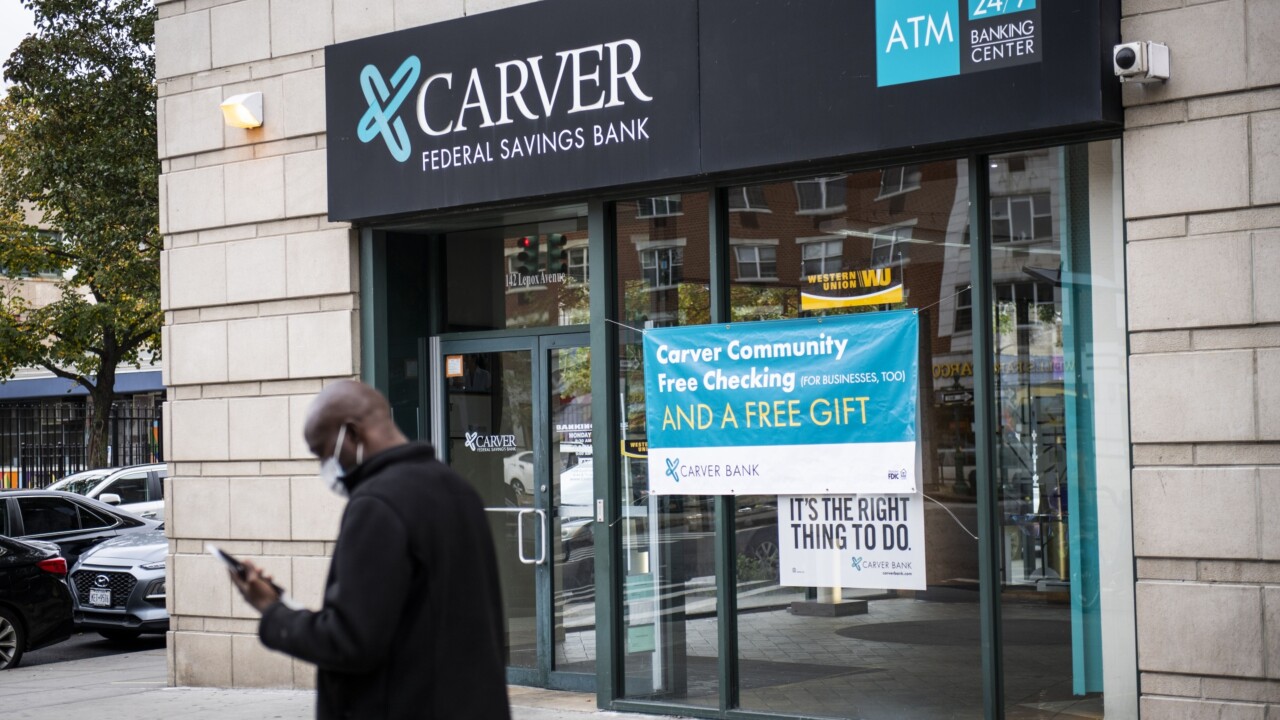-
Walgreens has transformed a historic Chicago building that housed two failed banks into a glamorous drugstore.
November 29
The onetime Pennsylvania Avenue headquarters of Riggs National Bank in Washington, D.C., is a feast for history-loving eyes.
Sunshine streams through a glass skylight into a five-story atrium with marble floors, elegant Classical-Revivalist architecture and mezzanine balconies that overlook the Treasury Department and White House across the street. There's just one problem: few people ever get to see it.
That's why the Pittsburgh-based PNC is selling the turn-of-the-century building it acquired when it
The building "lost its viability for PNC as a retail bank location" because of its location on a stretch of Pennsylvania Avenue that is closed to car traffic for security reasons, says Michael Harreld, the regional president of PNC's D.C. area.
"We are committed to finding a new owner for the signature branch of 'The Bank of the Presidents' who will honor the historical significance of the building and be able to use the location in a different way," Harreld says.
The next owner of the Corcoran branch, named after Riggs co-founder William W. Corcoran, will inherit an important piece of national history. Riggs bankrolled the purchase of Alaska and the Mexican-American War, as well as Robert Peary's first expedition to the North Pole. The bank's noteworthy past is evident in a number of artifacts now on display at PNC's D.C. regional headquarters. Exhibits include a letter from President John Tyler, a Theodore Roosevelt signature card and a $3 check from Abraham Lincoln, made out to "a sick man."
Among the branch's most remarkable features is its vault, which had a cameo role in the 1993 film "The Pelican Brief" starring Denzel Washington and Julia Roberts.
Beneath the main lobby is a "huge, massive vault door that's wide open you can see the intricacies of the mechanisms and how thick and impenetrable it is," PNC Vice President of Corporate Communications Roger Wallace says. Inside the vault, "all the safety-deposit boxes are open," he says. "This was the branch that was across the street from the White House you wonder what types of really interesting things were stored in those safety-deposit boxes."
Now the Riggs branch will enter a new chapter in its eventful life. "There's a lot of speculation about what would work in there," Wallace says. "A restaurant, a museum anything but a bank, I guess."





